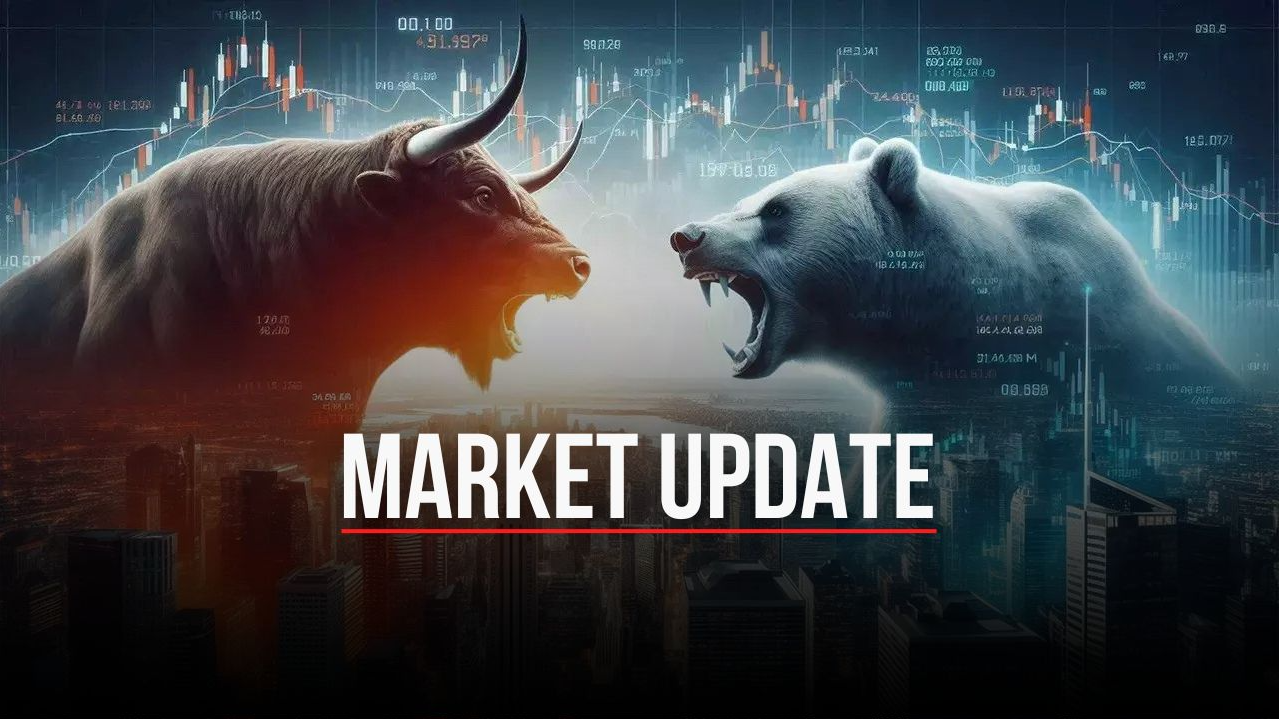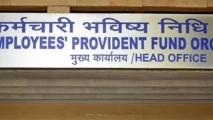Monday turned into a day of reckoning for Indian investors as the stock market witnessed a dramatic plunge, leaving a trail of red across the board. The benchmark Sensex nosedived over 1,200 points, and the Nifty wasn't spared either, marking one of the steepest single-day falls in recent months. It was as if a sudden chill had swept through Dalal Street, with investors scrambling for cover. The culprit? A double whammy of renewed virus concerns and anxieties surrounding corporate earnings, which combined to create a perfect storm of panic selling. Let's unpack what went down and what it signals for the market's near-term outlook.
A Sea of Red: Market Carnage in Detail
The sell-off was both swift and brutal. The 30-share BSE Sensex plummeted 1,258.12 points, or 1.59%, to close below the crucial 78,000 mark, settling at 77,964.99. Intraday, it even touched a low of 77,781.62. The broader NSE Nifty fared no better, tumbling 388.70 points (1.62%) to end the day at 23,616.05. At one point during the trading session, it had fallen by a whopping 452.85 points.
The Domino Effect: Sectoral Breakdown
No sector was immune to the selling frenzy. The Nifty Metal index took the biggest hit, declining 3.32%, followed closely by the Nifty Realty index, which shed 3.29%. Even the banking heavyweights weren't spared, with the Nifty Bank index sinking 1,200 points, or 2.24%. Midcap and smallcap stocks also suffered heavy losses, with the Nifty Smallcap 100 and Nifty Midcap 100 indices plunging significantly.
Fear Factor: Volatility Spikes
The India VIX, a gauge of market volatility often dubbed the "fear index," shot up by over 16%. This spike underscores the heightened nervousness and uncertainty gripping investors.
What Triggered the Panic?
Two primary factors seem to have spooked the market:
- HMPV Virus Scare: Reports of new human metapneumovirus (HMPV) cases in India triggered concerns about a potential resurgence of viral infections, casting a shadow over the economic recovery.
- Earnings Anxieties: Initial third-quarter earnings estimates hinted at a slower-than-expected recovery in corporate profitability, further dampening investor sentiment. Premium valuations compared to global peers added to the underperformance of the domestic market.
Expert Takes: Reading the Tea Leaves
Market analysts weighed in on the sharp correction. Ajit Mishra of Religare Broking Ltd. attributed the decline to a combination of weak quarterly updates from the banking sector and the HMPV scare. Vinod Nair, Head of Research at Geojit Financial Services, pointed to concerns over HMPV and a potentially gradual recovery in corporate earnings as the main catalysts for the sell-off. He also highlighted that consolidation in emerging markets, due to uncertainties surrounding new US economic policies and a strong dollar, was impacting overall market sentiment.
Notable Laggards and Lone Gainers
Major losers of the day included Tata Steel, NTPC, Kotak Mahindra Bank, IndusInd Bank, Power Grid, Zomato, Adani Ports, Asian Paints, Mahindra & Mahindra, and Reliance Industries. Only two stocks managed to buck the trend and ended in the green: Titan and Sun Pharma.
Foreign Investors Pull Back
Adding to the selling pressure, Foreign Institutional Investors (FIIs) offloaded equities worth Rs 4,227.25 crore on Friday, signaling a cautious stance towards the Indian market.
A Reality Check for the Markets
Monday's market crash serves as a stark reminder of the inherent volatility and unpredictability of the stock market. While the immediate triggers were the HMPV scare and earnings concerns, the sell-off also reflects broader anxieties about global economic uncertainties, the Fed's monetary policy, and inflation. This event underscores the importance of diversification, risk management, and a long-term investment perspective. While corrections can be unnerving, they also present opportunities for discerning investors. Whether this is a temporary blip or the start of a more prolonged downturn remains to be seen, but one thing is clear: investors need to stay vigilant, informed, and adaptable in this ever-changing market landscape. It's a wake-up call to reassess portfolios, manage risk, and perhaps, identify potential buying opportunities amidst the chaos.


















































